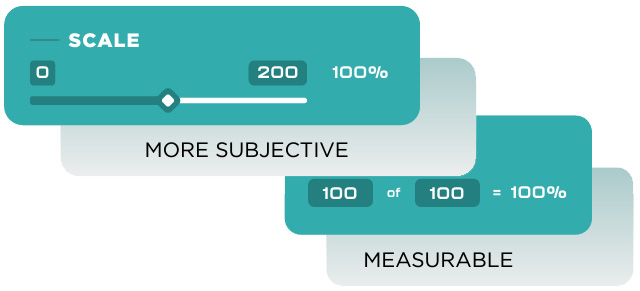Meetings… people tend to have a love-hate relationship with them. If you’re one of those people and you feel like your workday is already on meeting overdrive, then you are probably completely overlooking the art of regular one-on-one conversations with your team members. One-on-one meetings are one of the most misunderstood yet most powerful tools for managers.
One-on-one meetings are one of the most misunderstood yet most powerful tools for managers. What if we told you that regular one-on-one conversations could actually help clear up some extra time during your busy workday and help bring extra value to your business?
Regular one-on-one’s with your team members is a key way to ensure that everyone stays aligned and feels supported in both their professional and personal development. They leave employees feeling more energized, engaged, and better equipped to do their jobs. In the long-term, you will ultimately see an increase in things like job satisfaction and employee retention rates, which means that you get to spend more time focused on growing your business rather than looking to fill a new seat every few months.
But, before we dive any deeper, let’s define exactly what a “one-on-one” is.
Benefits of a One-on-One
By definition, a one-on-one is a regular meeting between managers and their team members. They serve as a great way for managers to check in with their team members and create more meaningful connections with each one individually.
Establish Manager-Employee Relationships
A relationship isn’t created overnight. How can you expect to establish a meaningful relationship with your team members if you’re only sitting down with them yearly or quarterly at their performance reviews?
A great team leader acknowledges the significance that a regular one-on-one meeting has on their relationship with an employee. One-on-one’s are an essential part of a healthily functioning team, and they help build trust. A trusting relationship in the workplace brings the team together and creates a safe space for everyone to communicate openly. Maintaining ongoing communication solidifies trust and builds authentic relationships.
Empower Employees Performance
According to Gallup, employees who have regular one-on-one conversations with their managers are three times more likely to be engaged in their job. Connecting employees’ everyday work Tasks with your bigger picture team Objectives ultimately drives a sense of purpose and motivation. Take the one-on-one time with your employees to discuss performance Objectives that align with not only your business goals but also their personal Value and goals.
One-on-ones help create ongoing clarity of responsibilities and expectations, so at the end of the meeting when they have concrete action items, they are empowered to take accountability and strive for strong performance. When you truly take advantage of your one-on-one conversations with your employees, it will show in their performance.
Give and Receive Feedback
One-on-one’s bring managers and employees together. They provide a space where both parties can share feedback, discuss performance Objectives, and identify potential roadblocks. As managers, we want our people to feel that they can always be open and honest with us. You should actively listen to your team members and provide feedback and guidance as needed.
Frequent communication opens the door for managers and employees to give each other feedback in real-time and apply it just as quickly. You should use this time to give your employees constructive criticism on their performance or even to discuss what is and isn’t working in your business culture. It is crucial that you allow feedback to flow both ways.
Support Employee Development
One-on-one meetings are not only a time to get a pulse on your employee’s well-being, but it is also an opportunity to look ahead at their future development. These conversations give you the opportunity to brainstorm ideas together, work through feedback, and discuss employee goals and future growth opportunities. One-on-one’s can help you see the full picture ahead, which ultimately allows you have a more effective one-on-one performance conversation.
In some organizations, employees and their managers rarely get a chance to talk in private, so a regular one-on-one would allow every single person to share their goals, aspirations, concerns, and even their out-of-the-box ideas that they may have been too afraid to share in a public or team setting.
One-on-one meetings are often given less credit than they deserve, and they are truly underutilized.
![5 Ways to Improve Employee Engagement Through Feedback [brandname]-feedback-featured](https://securedb.io/kb/wp-content/uploads/2023/04/etho-feedback-featured.jpg)




